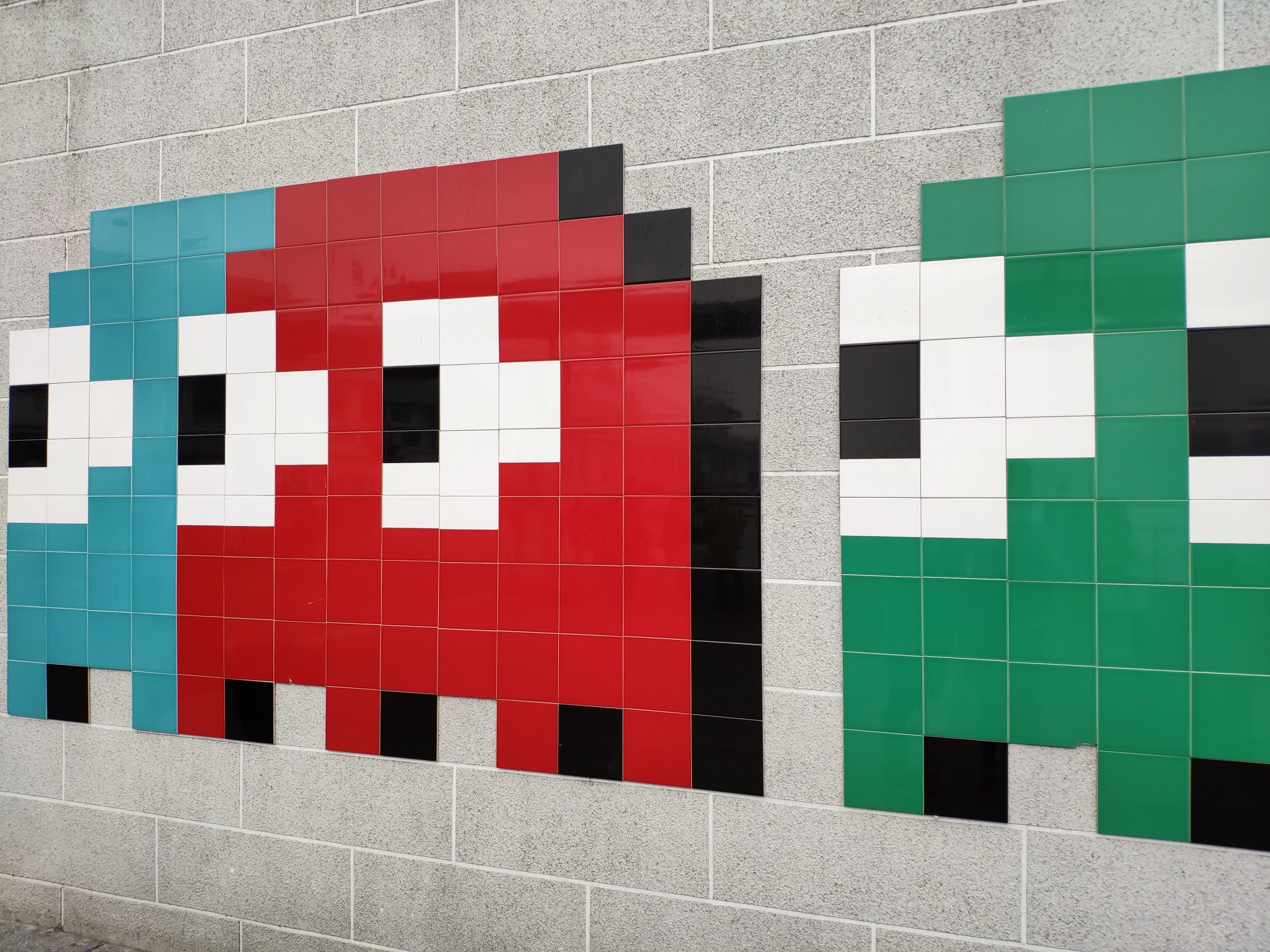Game mechanics and gamification were brought into the health care industry to build employee engagement and motivation. These techniques take advantage of the basic human psychology playing on ones desire to win.
Socially focused and competition-based initiatives could easily combine with mobile apps and activity challenges becoming readily embraced by individuals and organizations alike.
Neatly packaged for fun and to spark a competitive spirit, programs incorporating game mechanics are often equipped with communication tools for competing against other feature points and users, leaderboards and levels that allow comparisons between various teams and/or people.
They tap into the natural human desire for pride and achievement and to receive praise and approval from others. In short, gamification takes advantage of our natural human affinity for competition, aiming to inspire by directing people to healthier behaviors.
Do these gaming strategies work? What is the long term legacy?
Healthy Workforce Games
According to the Towers Watson survey report, sponsoring the competition in 2013, among employee groups was top in the tactics used by companies’ lists encouraging participation in wellness programs.
It was followed by affinity groups sponsorship (support groups, running groups, healthy family activities), and promotion of mobile apps. Organizations seemed to believe in co-opetition firmly – a neologism for cooperative competition – to bring results and to keep workers healthy and fit.
According to studies in the behavioral science field gamification of wellness and health attempts don’t bring desired results always. The problem is that gamification drives motivation only in a superficial way resulting in fleeting when the ”game” is over. It’s argued that some psychological factors should be considered for this approach to offer long-term success.
For example, considering the participants’ value and allowing flexibility to earn incentives should all be incorporated as well in the program.
Patient Self-Management and Gamification
Effective management of chronic disease relies on self-care and patient awareness. The applied gamification with mobile health apps is nowadays explored as a means of facilitating patients’ self-management. In types 1 and 2 diabetes, digital games have been used as part of interventions for health. Gamification behavior change helps various groups of people, more so children and adolescents to cope with the disease and alter their lifestyles in support of healthy alternatives. The Heart Foundation use gamification to engage their users better, hoping to achieve behavioral changes since they are challenging to promote.
Chasing Superiority Could Lead to Unhappiness
Several prominent psychologists show out that comparing and competing could disconnect people leading to excessive materialism and envy, which eventually makes one unhappy. Tom Gilovich, a psychology professor at the University of Cornell, explained that dominating other people by trying to be way much better than them could cause a separation feeling that is unlikely to assist contribute to a well-being sense.
The approach that is likely to be more successful is to help other people without expectations, as Whatron’s youngest tenured professor Adam Grant demonstrates in his book ‘’Give and Take.’’ Although people who give frequently could burn out, those that strategically give are likely to thrive. The positive psychology science and happiness drive away from co-opetition and competition, pointing towards helping each other, building connections, and to pursue what aligns with a personal sense of purpose.
Furthermore, introducing point systems, badges, challenges, leaderboards, and quests will not automatically draw people to stick to a program or make them observe healthy behavior.
It appears like gamification has a place that could help motivate people in some particular situations. Careful thought and commitment are, however, required to utilize the potential in a sustainable way of promoting health when game mechanics are used to strategizing behavior change design.


 Home3 years ago
Home3 years ago
 Medical3 years ago
Medical3 years ago
 Gadgets3 years ago
Gadgets3 years ago
 Environment3 years ago
Environment3 years ago
 Medical3 years ago
Medical3 years ago
 Energy3 years ago
Energy3 years ago

